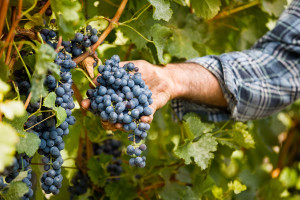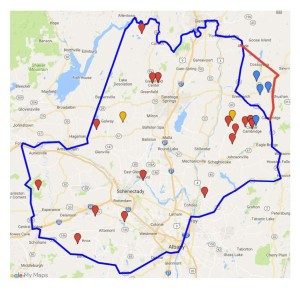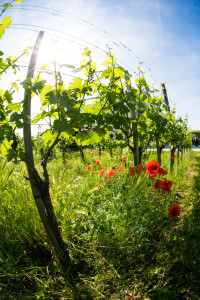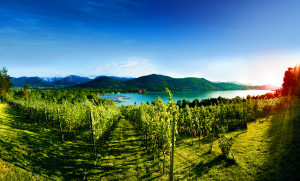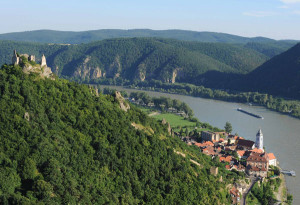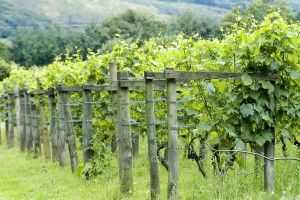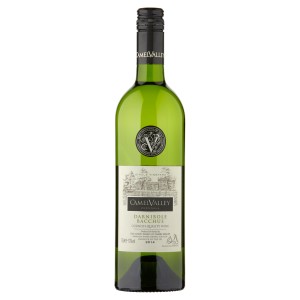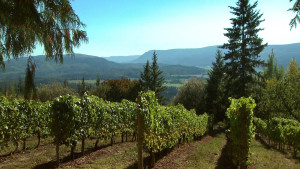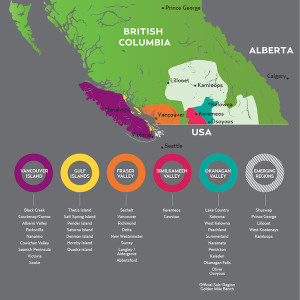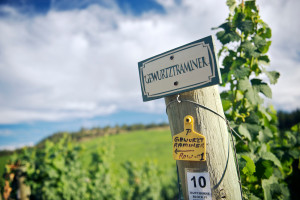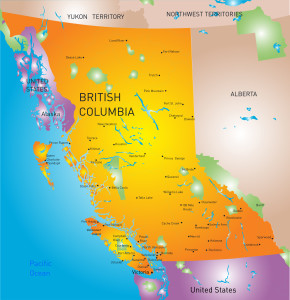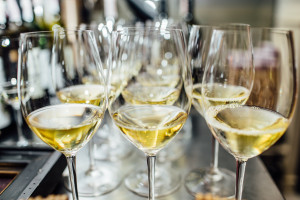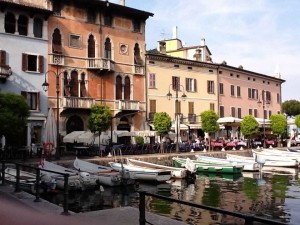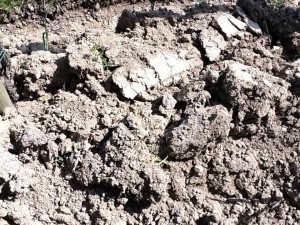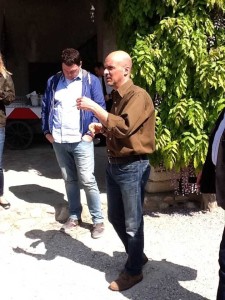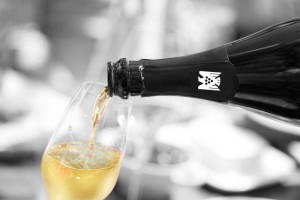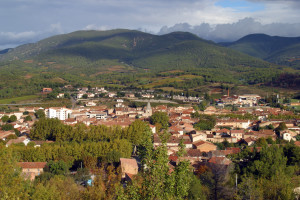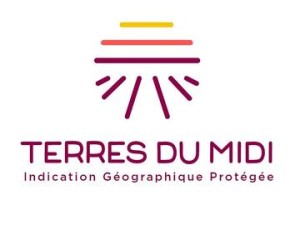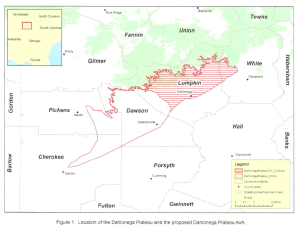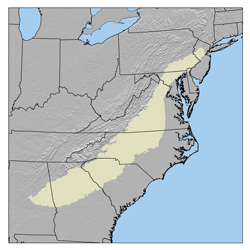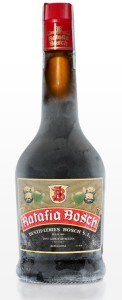
Photo via: http://ratafiabosch.cat
Now, I know that’s a confusing opening line. So let’s break it down…Ratafia Catalana—a traditional spirit drink produced in Catalonia—has recently been awarded Indicación Geográfica Protegida (IGP) status by Spain’s Ministry of Agriculture (known officially as the Ministerio de Agricultura, Pesca y Alimentación). This occurred on October 22, 2018.
Ratafia Catalonia is technically a green walnut-flavored liqueur with a bitter flavor profile, often served as an aperitif, digestive, or even a nightcap.
But before we get into the details…let’s clarify one more thing: the term ratafia is used in several different countries to refer to several different things. Most wine lovers are familiar with Ratafia de Champagne, a PGI-designated, fortified wine (vin de liqueur) from the Champagne region produced via the fortification of unfermented (or just-barely fermenting) grape must (juice). This style of ratafia is also produced in Burgundy (Ratafia de Bourgogne); and other wine regions produce similar style wines (such as Pineau de Charentes)—although they do not always use the term ratafia.
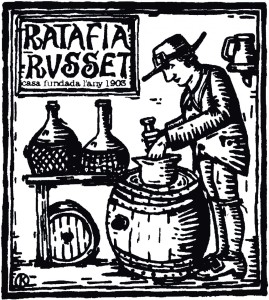
Photo via: http://www.russet.cat
In Catalonia (as is many other parts of the Mediterranean), ratafia is something quite different. In this case, Ratafia Catalana—which has been produced in the area for over 1,000 years—is a richly flavored, sweetened, aged, and oxidized liqueur.
The newly-codified regulations define Ratafia Catalana PGI as a brown-or-amber colored, sweetened liqueur flavored with green walnuts and other botanicals. Standard production requirements include the following:
- Alcohol content between 24% and 30% abv
- Sugar content between 100 g/L and 400 g/L
- Flavored with green walnuts (the dominant flavor) as well as lemon verbena, cinnamon, and cloves (other botanicals are allowed as well)
- Aged for at least three months in wooden containers—although many are aged for much longer, and often in oxidizing conditions (such as partially-filled demijohns)
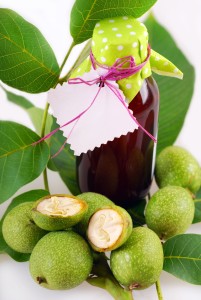
.
Ratafia Catalana PGI may be produced anywhere within the Autonomous Region of Catalonia (Comunidad Autónoma de Cataluña). Some of the best-known and longest-produced commercial version of Ratafia Catalonia include Ratafia Bosch, produced since 1892 at Destilería Bosch (located in a suburb of Barcelona); and Ratafia Russet, produced in the La Garrotxa region since 1903.
If you are lucky enough to find a bottle, serve it neat (as an aperitif) before a meal, or pour it over ice and serve it alongside a dessert such as Crema Catalana, the cake-like Coca de Sant Joan, or with some of the local Catalan cheeses drizzled with honey (as in the dish known as Mel i Mató). Of course, it also works a digestive or a nightcap…or just about any time you need a break.
References/for more information:
PGI documents: IGP Ratafia Catalana
- https://www.mapa.gob.es/es/alimentacion/temas/calidad-agroalimentaria/calidad-diferenciada/dop/bebi_espi/DOP_RatafiaCatalana.aspx
- http://ratafiabosch.cat/es/ratafia-bosch-70cl-2/
- http://www.russet.cat/05_english/12_ratafia_uk/idx_laratafia_uk.php
- https://theculturetrip.com/europe/spain/articles/what-is-catalan-ratafia-and-how-do-you-drink-it/
